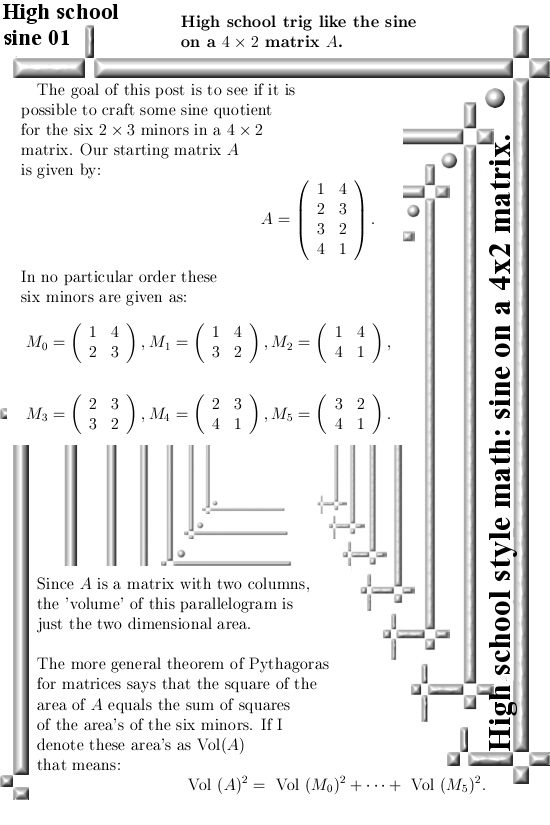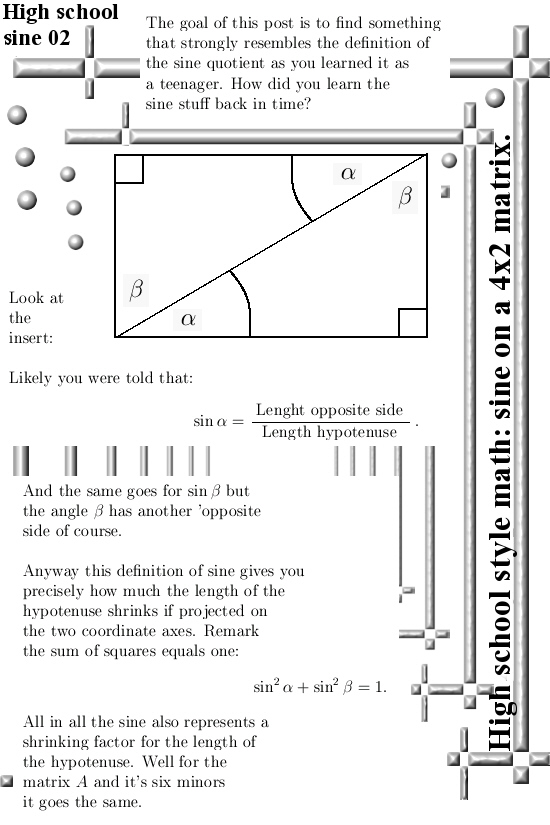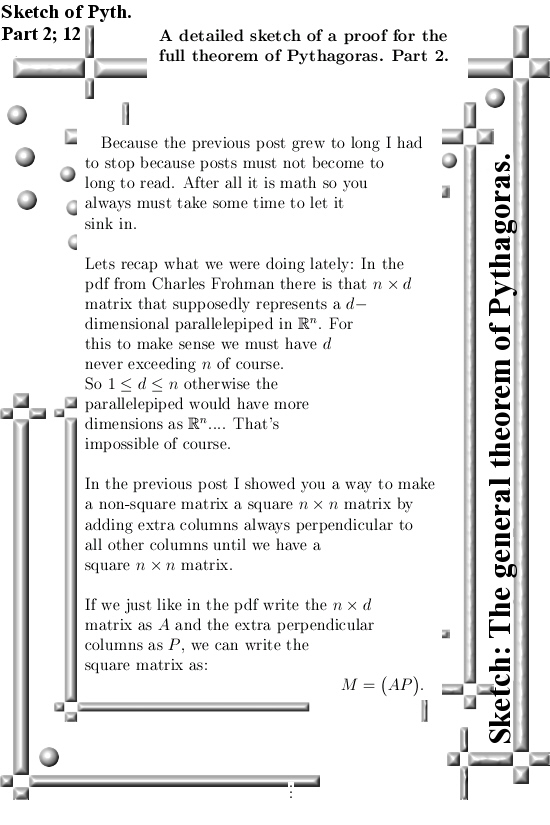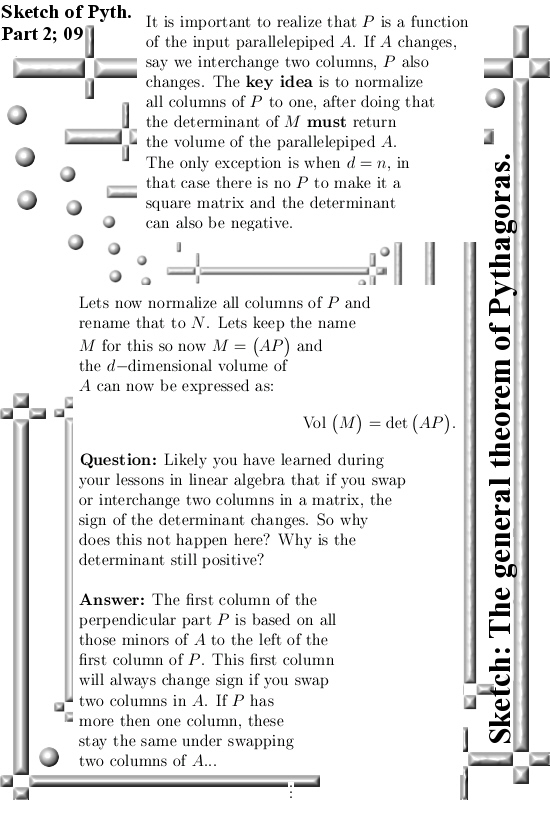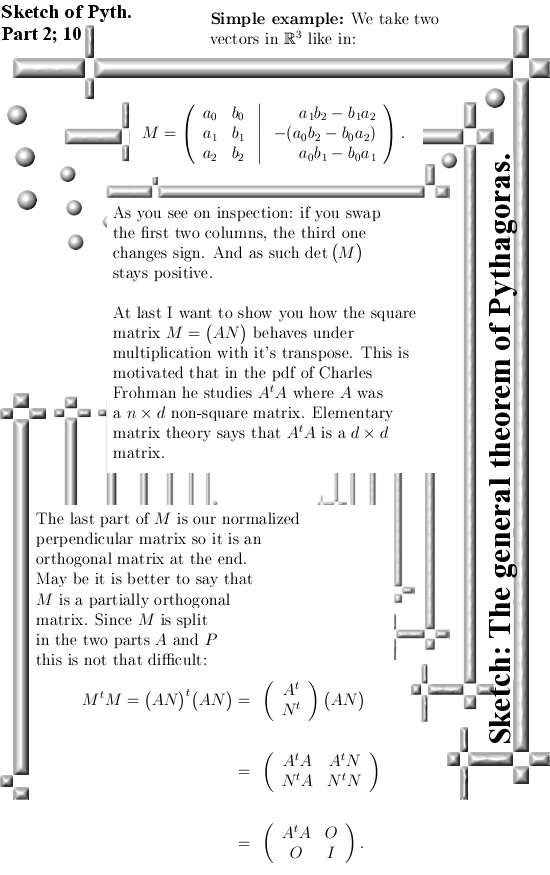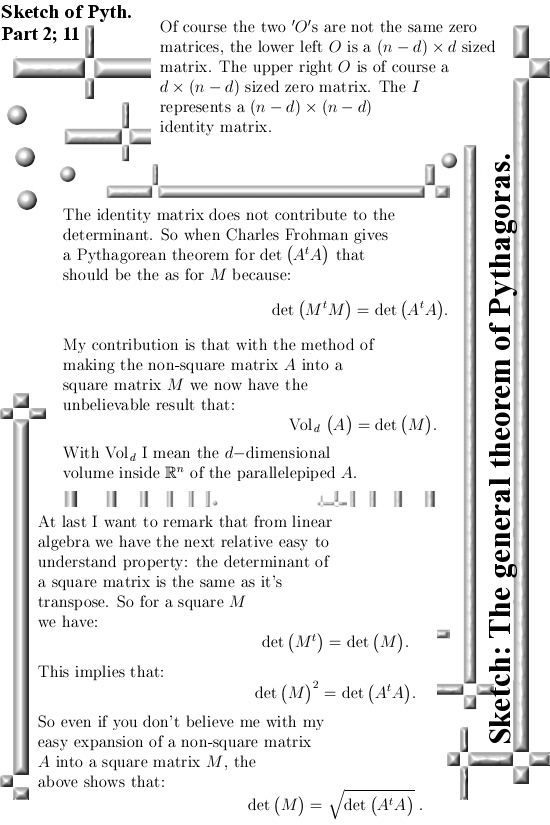To be honest I like the Unzicker guy; he is from Germany I believe and he alsways attacks the standard model for particles. According to him there are zillions of problems with the standard model and likely he is right with that. But he fully buys the crap that electrons must be magnetic dipoles without any experimental confirmation at all.
So that I post a video of him talking weird stuff about electrons is not a way to rediculize him. On the contrary, because he always tries to attack the idea’s inside the stadard model he in itself is a perfect example as why the physics community swallows all those weird explanations upon electron spin.
For myself speaking I think that electrons don’t have their spins ‘up’ or ‘down’. I don’t think that they are tiny magnets with two magnetic poles but in itself they are magnetic monopoles that come with only one magnetic charge… My estimate is that this magnetic charge is a permanent charge, that means there is no such thing as spin flip of an individual electron.
In the Unzicker video Alexander asks for help about differentiation on the quaternions or so. Well have I done my utmost best to craft all kinds of spaces where you can integate and differentiate, stuff like 3D complex numbers, 4D complex numbers etc, comes a weirdo along asking about the quaternions… On quaternions differentiating is a true horror and that is caused by the property that in general the quaternions don’t commute. I wrote a one picture long explanation for that. The problem is that differentiation on say the square function on the quaternions destroys information. That is why there is no so called ‘Complex analysis on the quaternions’, it just doesn’t exist.
Ok, lets go to the first video. It is not that very good because he constantly throws in a lot of terms like SO2 and SO3, but for an audience like physics people that is allowed of course.
Because it is still the year 2022, it is still one hundred years back that the Stern-Gerlach experiment was done. The next short video is relatively good in it’s kind; there are a lot of videos’s out there about the SG experiment and most are worse. In this video from some German at least there are some more explanation like it is not the Lorentz force because these are silver atoms. But as always in all explanations out there it misses as why exactly electrons do anti-align themselves with the applied external magnetic field.
For example water molecules are a tiny electric dipole, if you apply an electric field to clean water, all these tiny electric dipoles for 100% align with the electric field. So why do electrons not do that?
As always: electrons being magnetic monopoles is a far better explanation for what we observe. But all these physics people, one hundred percent of them have no problem at all when there is no experimental evidence that electrons are indeed ‘tiny magnets’. That is what I still don’t understand: Why don’t they see that their official explanations are not very logical when you start thinking on these explanations? Why this weird behavior?
Ok, lets hang in why differentiation on the quaternions is a total horror.
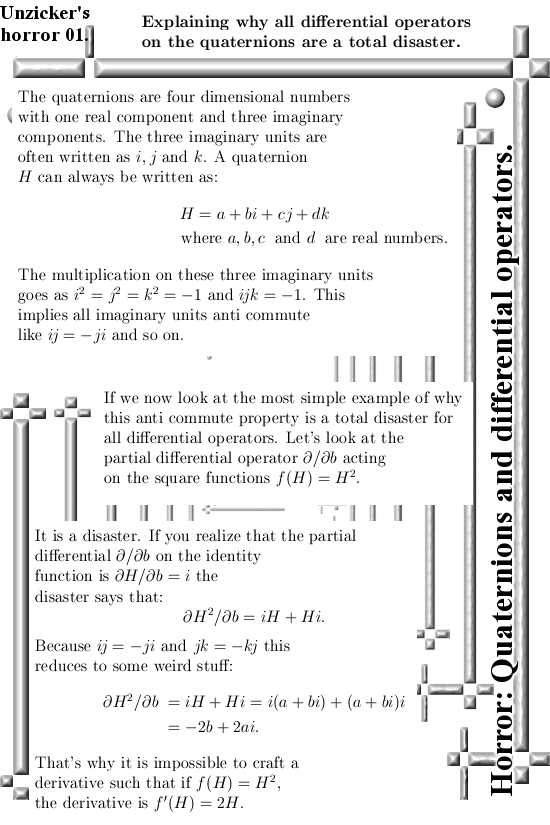
The last video is a short interview with John Wheeler where he explains the concept of positrons being electrons that travel back in time. At some point John talks about an electron and positron meeting and anihilate each other. Well it has to be remarked that this doesn’t always happen. They can scatter too and why could that be? Well it fits with my simple model as electrons being magnetic monopoles. Positrons and electrons only kill each other if they have also the opposite magnetic charge…
Ok, that was it for this post. Thanks for your attention.
